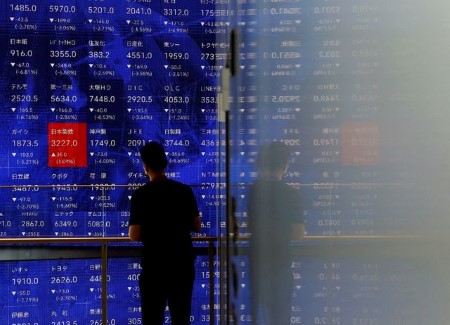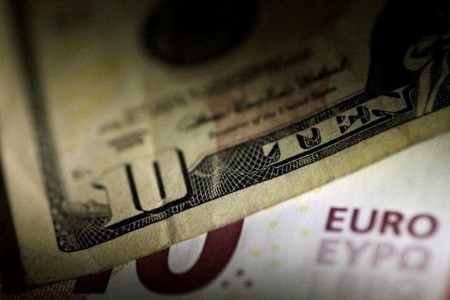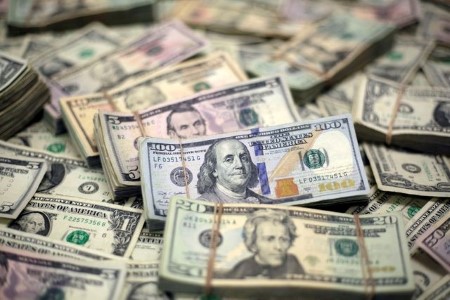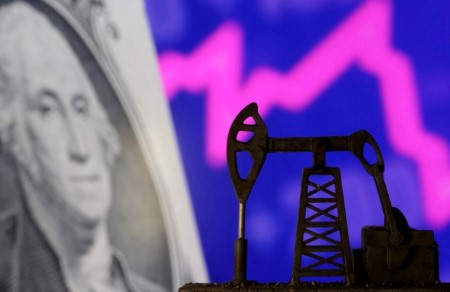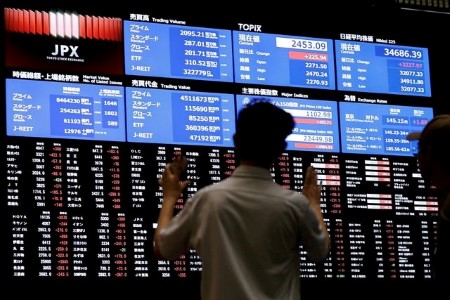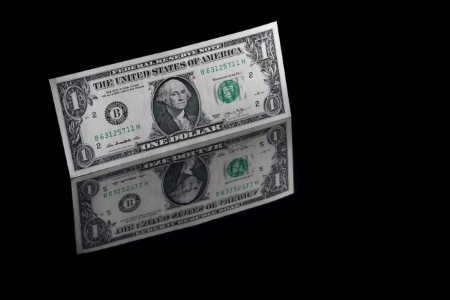Gold prices pared gains on Thursday as the dollar and Treasury yields rose after stronger-than-expected US economic data that could influence the size of interest rate cuts from the Federal Reserve.
Spot gold was up 0.3% at USD 2,454.40 per ounce, as of 1:46 p.m. EDT (1746 GMT), after rising as much as 0.9% earlier in the session. US gold futures GCcv1 settled 0.5% higher at USD 2,492.40.
“Retail sales being so positive shows the economy is strong and that has kind of turned the markets, and the dollar is regaining some of its strength, and gold’s losing some of its lustre,” said Chris Gaffney, president of world markets at EverBank.
US retail sales increased 1.0% last month after a downwardly revised 0.2% drop in June, the Commerce Department’s Census Bureau said.
Separately, a Labor Department report showed the number of Americans filing new applications for unemployment benefits dropped to a one month-low last week.
Following the US data, the dollar rose 0.5% against its rivals, making gold more expensive for other currency holders, while benchmark 10-year Treasury yields US10YT=RR also jumped.
Meanwhile, two Fed officials on Thursday lined up behind the possibility of an interest rate cut at the US central bank’s policy meeting next month, reversing their previous skepticism about lowering borrowing costs too soon.
Markets see a 100% chance of a US cut rate in September, according to the CME FedWatch Tool. However, strong data has taken a 50 basis point cut off the table.
A low interest rate environment tends to boost non-yielding bullion’s appeal.
“The political uncertainties will continue to be positive for gold prices, but they’ll also add to the volatility,” said Jeffrey Christian, managing partner of CPM Group.
Spot silver gained 2.6% to USD 28.30 per ounce. Platinum jumped 3.8% to USD 954.65 and palladium rose 0.5% to USD 940.04.
“The industrial precious metals like silver and platinum benefited from stronger data this morning because of the expected increase in demand with a stronger economy,” Gaffney said.
(Reporting by Rahul Paswan and Brijesh Patel in Bengaluru; Editing by Mohammed Safi Shamsi and Maju Samuel)







 DOWNLOAD
DOWNLOAD






